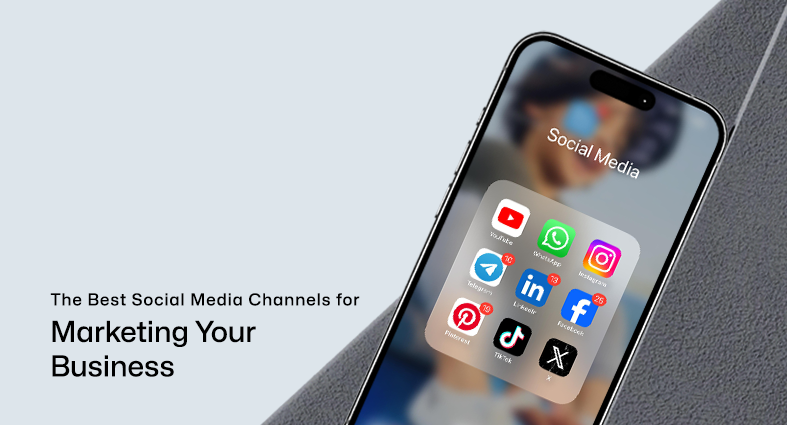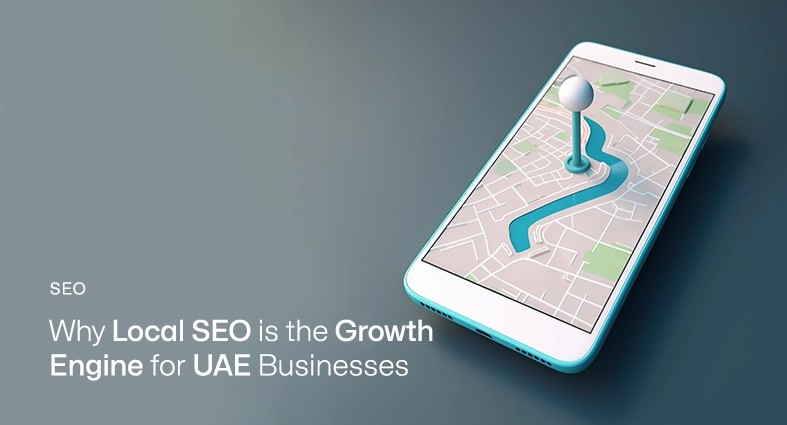As a small or medium business, it can be difficult to get your website to rank well on search engines like Google. However, by implementing some key on-page optimization techniques, you can improve your website’s search engine optimization (SEO) and increase its visibility to potential customers.
Optimize Your Title Tags and Meta Descriptions
One of the most important on-page optimization techniques is to make sure that your title tags and meta descriptions are properly optimized. Title tags are the text that appears in the browser tab when someone visits your website, and meta descriptions are the short summaries that appear under the title tags in search engine results pages (SERPs).
To optimize your title tags and meta descriptions, you should:
- Use keywords that are relevant to your business and the content on your website
- Keep your title tags and meta descriptions under 60 characters and 150 characters respectively
- Make sure that your title tags and meta descriptions are unique and compelling
Use Header Tags Properly
Another important on-page optimization technique is to use header tags (H1, H2, H3, etc.) properly on your website. Header tags help to break up your content and make it easier for search engines to understand the structure of your webpage.
To use header tags properly, you should:
- Use only one H1 tag per webpage
- Make sure to use H2 tags for main sections and H3 tags for sub-sections
- Use keywords in your header tags, but avoid keyword stuffing
Optimize Your Images
Images can also play a big role in on-page optimization.
To optimize your images, you should:
- Use descriptive, keyword-rich file names for your images
- Use alt tags to describe your images
- Compress your images to reduce their file size
Create Quality Content
Another key on-page optimization technique is to create quality content that is relevant to your business and your customers.
To create quality content, you should:
- Research your keywords and topics
- Use your keywords naturally in your content
- Create informative and engaging content that will be shared and linked to
Optimize Your URLs
Finally, you should also optimize your URLs to make them more search engine friendly.
To optimize your URLs, you should:
- Use keywords in your URLs
- Keep your URLs short and simple
- Use hyphens to separate words in your URLs
By implementing these on-page optimization techniques, you can improve your website’s SEO and increase its visibility to potential customers. Keep in mind that SEO is a long-term strategy, and it may take some time to see the results of your efforts. But with a little patience and persistence, you can improve your website’s ranking and drive more traffic to your business.
If you’re ready to take your business to the next level with on-page optimization, contact us today to see how we can help improve your website SEO and increase its visibility to potential customers.
services
Feel free to send us a message.
Please, share your thoughts, and let's chat over a cup of tea.


















